The Vancouver Seawall
We’ve been in Vancouver for a while now, and we’ve visited the Seawall numerous times, but how much do you actually know about this famous landmark?
Yeah, we know it’s a great place to hang out, walk, or even bike around and take in the views of the waterfront and mountains, but we discovered that there’s more to it than meets the eye.
But hey, if you’re new here and would like to get some insider info before getting there, you’re in the right place. We’ve whipped this guide to give you some interesting facts about the Seawall.
What is the Vancouver Seawall?
The Vancouver Seawall is the world’s longest continuous pathway, with over 28 kilometers of seaside greenway where you can walk, cycle, or jog. It’s the city’s most popular recreational area, with stunning views of the Pacific Ocean, mountains, and city skyline.
The Vancouver Seawall starts at Coal Harbour in downtown Vancouver and winds its way around the waterfront, encompassing Stanley Park, False Creek, Kitsilano Beach, and finishing at Spanish Banks Park.
For us to truly know the Vancouver Seawall, we need to go way back to the late 19th century, when the city was faced with a challenge that demanded a creative solution: how to prevent erosion of the park’s foreshore.
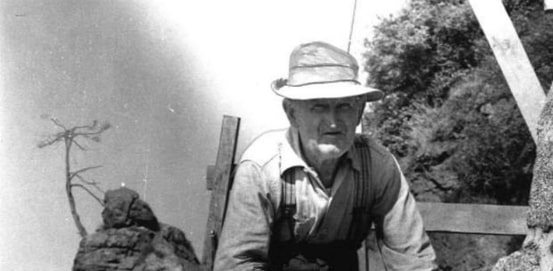
So what did the Park Board do? The Park Board decided to construct a seawall, and it was Park Board master stone mason James “Jimmy” Cunningham, who oversaw the construction of the Stanley Park Seawall that began in 1917.
Thousands of people worked on the Seawall over the course of the project. This includes unemployed men as part of a relief programme and seamen from the HCMS Discovery as punishment on Deadman’s Island.
Alas, on September 26, 1971, the last stone was laid in the Stanley Park Seawall. It was officially finished! However, an important person wasn’t present at the ceremony: James Cunningham, who had died in 1963.
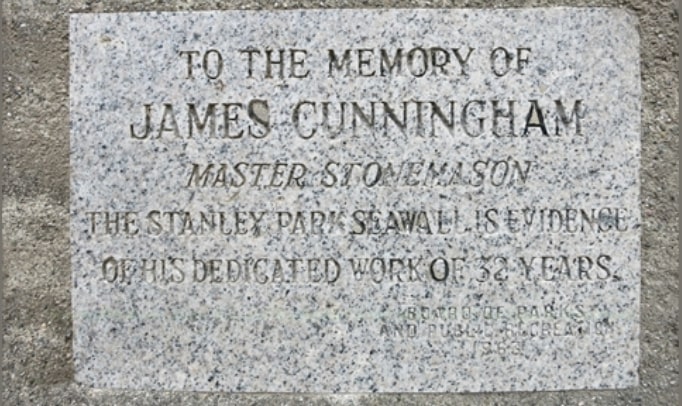
You can actually see a plaque commemorating his work in the rock face above the Seawall at Siwash Rock, so make sure you take a moment to appreciate his contribution when you pass by.
Now, we know we said the Stanley Park Seawall was finished, but it actually wasn’t until 1980 that the entire seawall loop was declared officially complete, with the final paving between Third Beach and Second Beach.
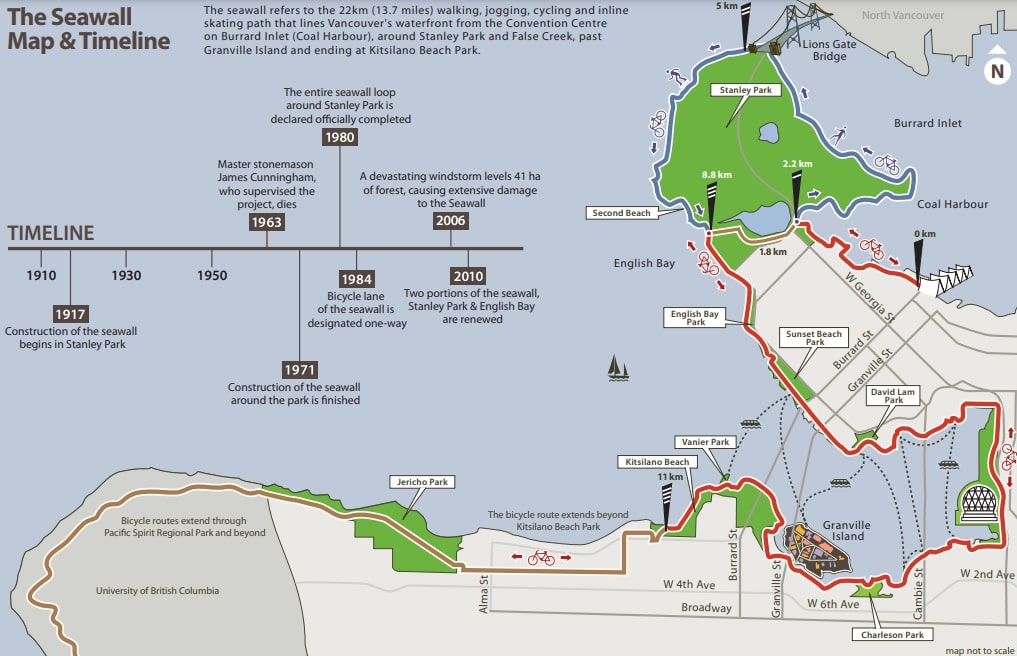
Since then, construction outside of Stanley Park has continued to expand the seawall, connecting it to other areas of Vancouver’s waterfront, such as Coal Harbour, False Creek, and many more.
Fun Facts about the Vancouver Seawall
1. Jimmy’s ashes are buried inside the Seawall
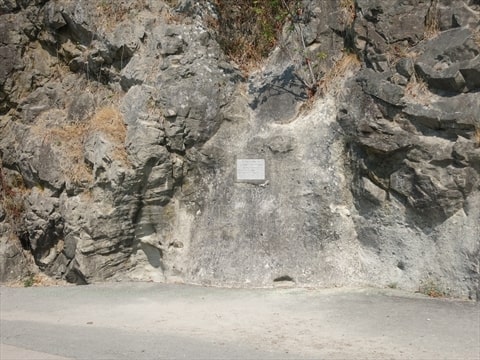
Remember master stonemason Jimmy Cunningham? The man who worked and oversaw the Vancouver Seawall construction from the very beginning until his retirement in 1955?
Well, his ashes are buried in an unmarked location within the Seawall. This hidden tribute to Jimmy was a testament to his dedication to the Seawall project.
2. The Stanley Park trails used to be logging skid roads
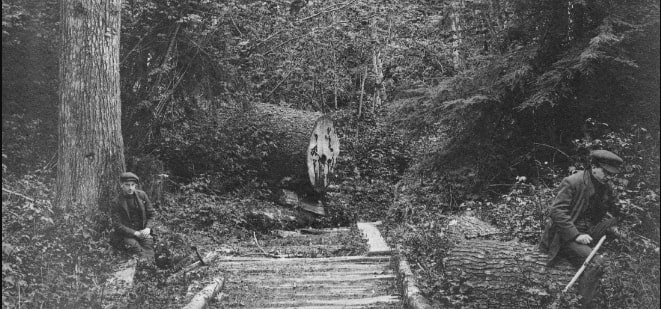
Way before the Seawall’s construction, the Stanley Park trails actually used to be rough logging skid roads where lumberjacks would transport logs from the forest to the planned sawmill at Brockton Point.
The land was cleared for a sawmill, but it was never constructed. Instead, at the very tip of Stanley Park, stands the Brockton Point Lighthouse.
3. It’s a world record holder
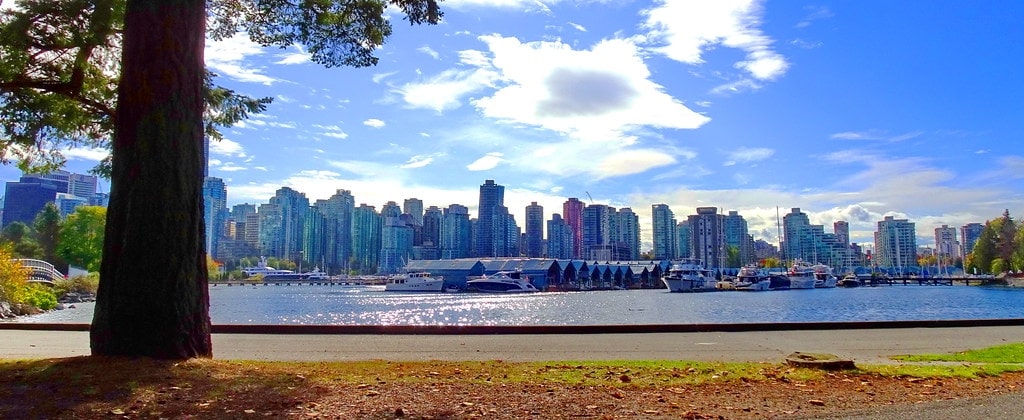
The Vancouver Seawall is the longest uninterrupted waterfront path in the world! But did you also know that the start (Canada Place) and end (near Kitsilano Beach) is actually just 4 kilometers apart?
4. A gun is fired every day at 9pm
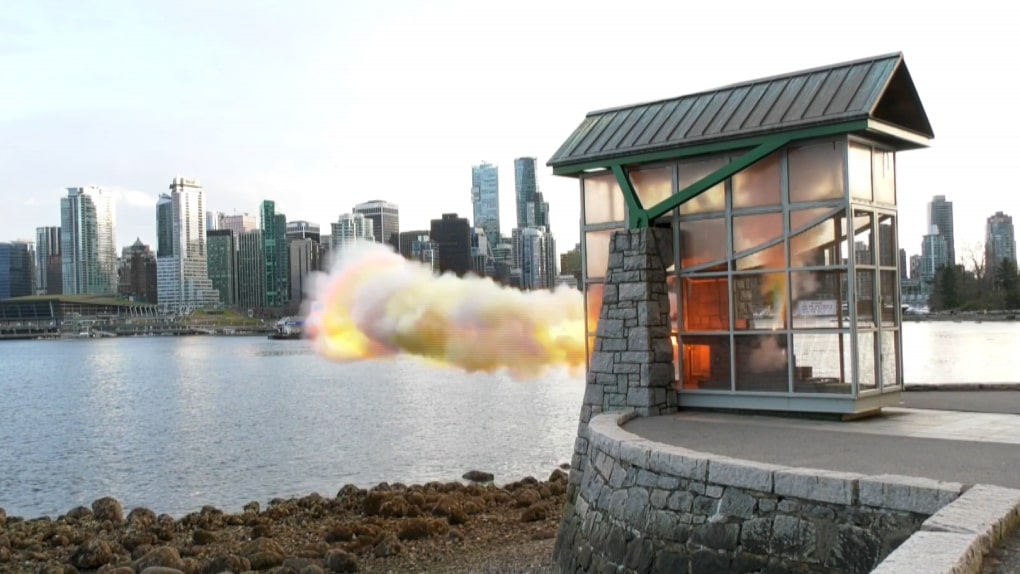
If you’ve ever been startled by a sudden boom at 9 pm in Stanley Park, fear not—it’s just the Stanley Park 9 o’clock gun. This daily tradition has been booming since 1898, and served as a navigation aid by which ships in harbour set their chronometers.
5. Cycling used to be illegal here

Believe it or not, biking in Stanley Park or any other parts of the Seawall used to be illegal. This was due to increased collisions and tensions between pedestrians and cyclists.
This issue was not resolved until 1984 when the seawall’s bicycle lane was designated as one-way in a counterclockwise direction around the park.
6. Bases of graves were used to build the Seawall
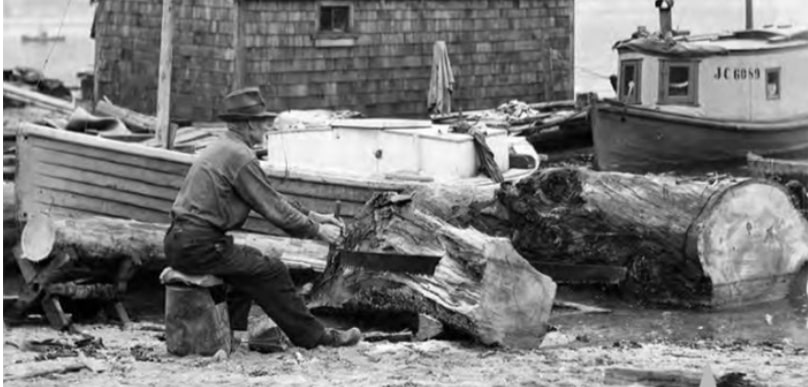
We’re not saying the entire Seawall was built from gravestones, but portions of it were! The Mountain View Cemetery was renovated in the 1960s, and the granite blocks used to raise the markers off the ground were removed. Those same blocks were frequently removed and added to the seawall.
7. There’s an area called Existential Alley
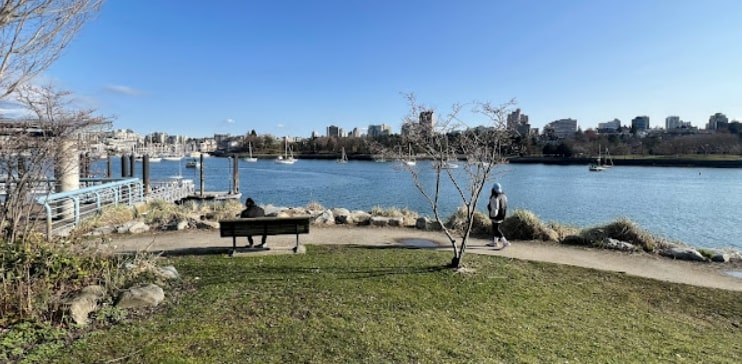
Existential Alley, a curious spot along the Vancouver Seawall, will provide you with an existential experience. This area is located in David Lam Park, and the online reviews, well, they’re truly something else…
Well, that’s about it. We hope this article has given you more knowledge about the infamous Vancouver Seawall.
If you’d like to know more about the largest and well-known park in Vancouver, here’s a bunch of useful articles you can check out to get to know Vancouver’s Stanley Park:







